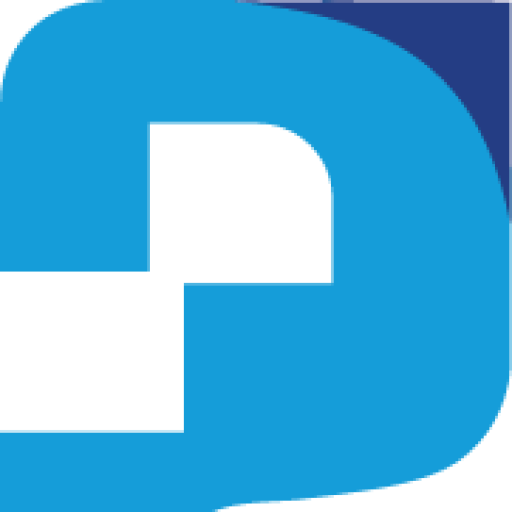Nigeria’s Blockradar is carving a niche in global fintech by providing wallet infrastructure that simplifies how companies in Africa, Latin America, and Southeast Asia integrate and use stablecoins such as USDC and USDT.
Founded in 2024 by Abdulfatai Suleiman and Morgan Williams, the startup has already processed more than $100 million in on-chain stablecoins transactions, issued over 40,000 wallets, and now serves 100 fintech clients across eight countries.
“Our platform allows businesses to issue wallets, send and receive stablecoins, perform AML checks, and manage treasury flows, all through a single API,” Suleiman disclosed.
“We’re purpose-built for speed, simplicity, and regulatory readiness, enabling fintechs to integrate stablecoins rails without building blockchain infrastructure from scratch.”
Filling the Integration Gap
While demand for stablecoins is surging in emerging markets, most fintechs lack the infrastructure to integrate them efficiently.
Traditional wallets such as MetaMask are unsuitable for regulated, mobile-first businesses, leaving a gap in the market. Blockradar positions itself as the bridge.
“Most wallet infrastructure providers focus on custodians or large institutions, not emerging market builders. We sit in the middle, offering programmable, non-custodial wallets with built-in AML and treasury management,” Suleiman explained.
Global Reach and Recognition
Although still bootstrapped, Blockradar is already attracting attention. The startup recently won first place at the Crypto Valley Conference pitch competition in Switzerland, a recognition that reflects its global ambitions.
Early adopters include cross-border payment platforms, gig economy apps, and neo-banks, which rely on Blockradar to cut integration time from months to days.
The company now processes millions of dollars in weekly stablecoins volume, highlighting its early traction in a competitive market.
Business Model and Expansion
Operating on a subscription-based model, Blockradar charges monthly fees depending on wallet issuance and transaction volumes, offering plans from free to enterprise levels.
Suleiman says all revenue is currently being reinvested into infrastructure and growth.
The firm is also preparing to expand wallet support to include local stablecoins such as cNGN in Nigeria, while working on fiat on- and off-ramp partnerships to connect stablecoins with local currencies.
“We’re deepening ecosystem partnerships to extend our infrastructure across more chains,” Suleiman added.
Meeting Rising Demand
One of Blockradar’s biggest hurdles has been scaling infrastructure to match demand.
“We had to re-architect key components to handle high throughput as we grew,” Suleiman admitted.
“We optimised resource management, introduced fallback mechanisms, and reinforced the system to maintain low latency under load, all while ensuring the user experience stayed smooth.”
With stablecoins usage rising across Africa and beyond, Blockradar is positioning itself as the go-to infrastructure for fintechs aiming to embrace the future of money without the technical burden of building it themselves.
Why It Matters
Stablecoins are becoming a lifeline in regions where local currencies face inflation and cross-border transactions are slow or expensive.
By offering fintechs a faster way to integrate stablecoins payments, Blockradar could help millions of people gain more reliable access to digital money. Experts believe this could reshape financial inclusion, lower remittance costs, and enable businesses in emerging markets to tap into global digital economies.
“We let fintechs launch stablecoins rails in days, not months,” Suleiman said.
“That speed could determine whether a startup scales or stalls in markets where time and trust are critical.”
Talking Points
Blockradar’s rise is more than just a fintech success story, it represents a strategic pathway for Africa’s digital financial future.
By building infrastructure that simplifies stablecoins adoption, the company is tackling one of the continent’s biggest barriers to financial innovation like the lack of accessible, regulatory-ready blockchain tools.
If nurtured further, this kind of infrastructure could serve as the backbone for African governments and tech communities to roll out native stablecoins, digital versions of their own currencies backed by trust, speed, and compliance.
Such a move would not only strengthen monetary sovereignty but also reduce over-reliance on the U.S. dollar-pegged stablecoins currently dominating the market. With local stablecoins, remittances could be faster and cheaper, cross-border trade more efficient, and citizens more shielded from inflation shocks.
The strategic importance lies in collaboration such as governments ensuring policy clarity, and African innovators like Blockradar providing the technical rails. Together, they could transform stablecoins from niche digital assets into instruments of economic resilience and continental integration.





